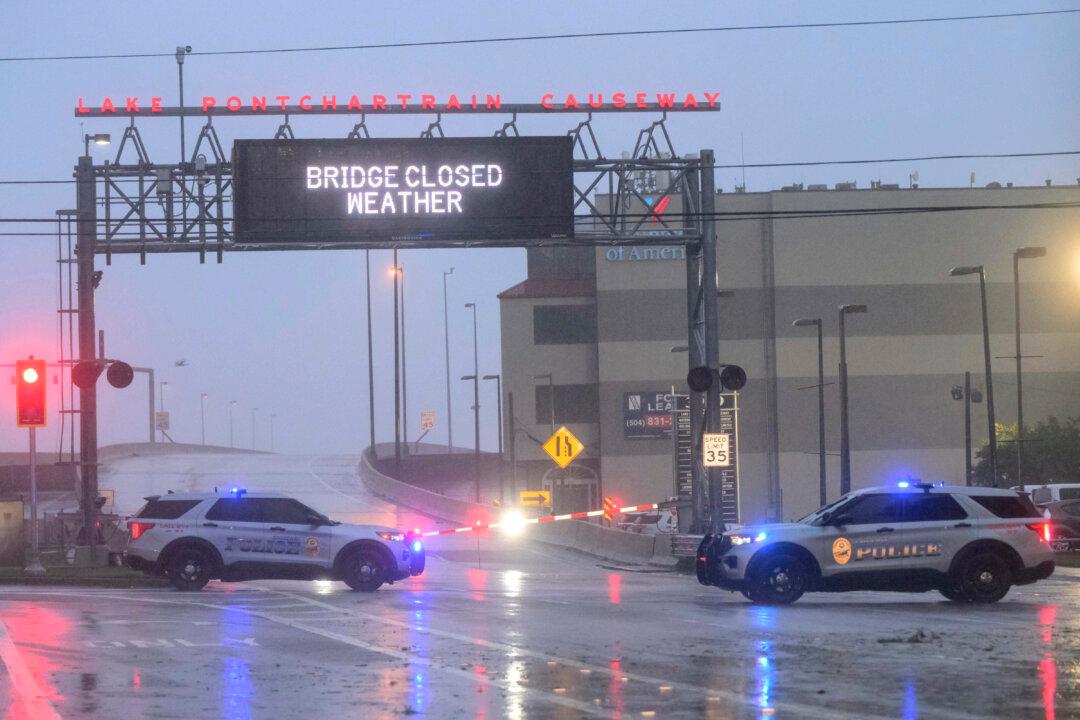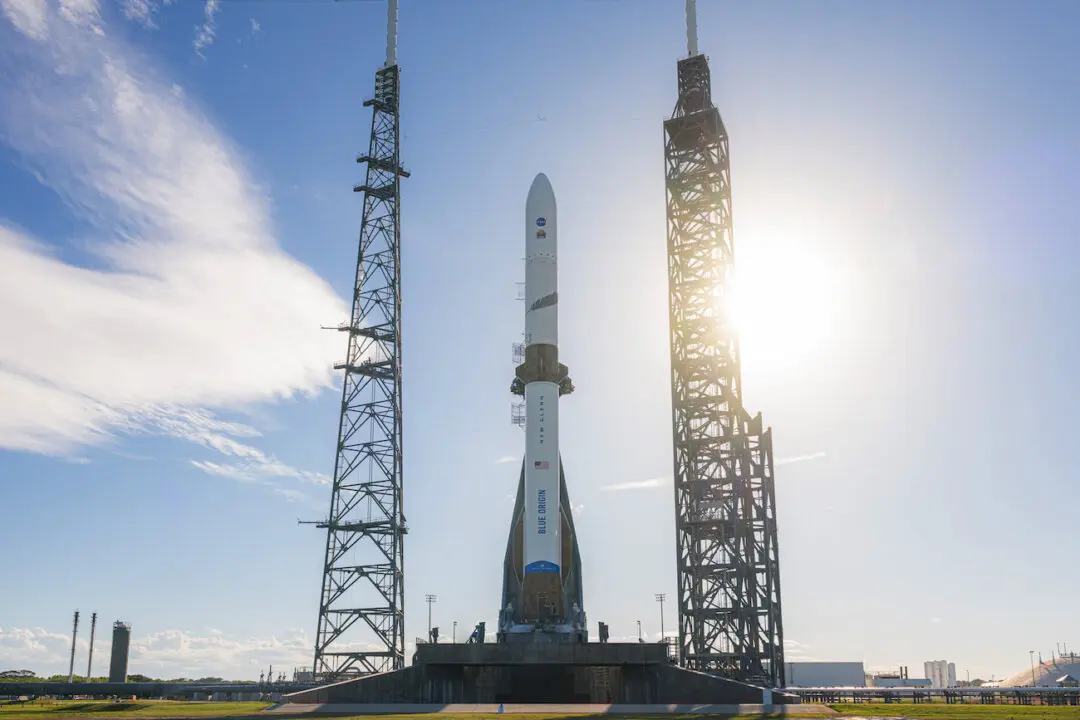Hurricane Francine has weakened to a Category 1 Hurricane as it continues to push further inland, delivering life-threatening storm surge, heavy rains, and hurricane-force winds to southern Louisiana, according to the National Hurricane Center.
The storm made landfall 30 miles south-southwest of Morgan City, Louisiana, as a Category 2 Hurricane at about 5 p.m. CDT on Sept. 11, boasting 100 mph sustained winds. As of 7 p.m., those winds were down to 85 mph.





